Home>Furniture & Design>Outdoor Furniture>How To Recover Outdoor Chairs
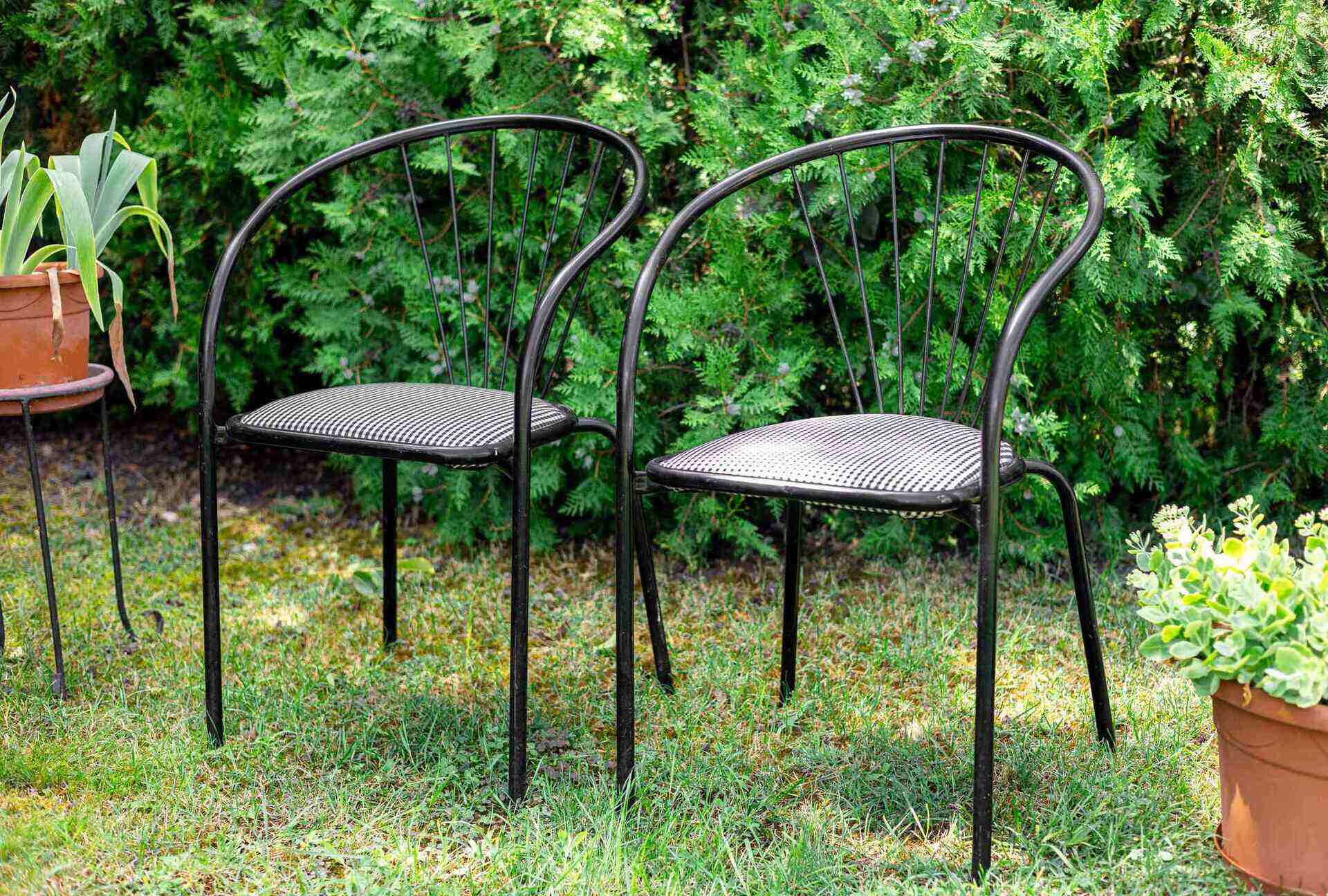

Outdoor Furniture
How To Recover Outdoor Chairs
Modified: March 1, 2024
Learn how to recover your outdoor chairs with our expert tips and tricks. Transform your outdoor space with our outdoor furniture and design ideas.
(Many of the links in this article redirect to a specific reviewed product. Your purchase of these products through affiliate links helps to generate commission for Storables.com, at no extra cost. Learn more)
Introduction
Welcome to the world of outdoor furniture, where the allure of nature meets the comfort of home. Whether it's a lazy afternoon by the pool, a lively barbecue with friends, or a tranquil retreat in your garden, outdoor chairs play a vital role in creating memorable outdoor experiences. However, prolonged exposure to the elements can take a toll on these beloved pieces of furniture, causing wear and tear that may seem irreversible. But fear not, for with the right knowledge and a touch of creativity, you can breathe new life into your weathered outdoor chairs.
In this guide, we will embark on a journey to revive your outdoor chairs, transforming them from tired and worn to fresh and inviting. We will explore the process of assessing the damage, cleaning the chairs, repairing the frame, replacing the fabric, and adding those final finishing touches that will make your outdoor chairs look as good as new. So, roll up your sleeves, gather your tools, and let's rejuvenate your outdoor chairs, ensuring that they continue to be a source of comfort and relaxation for years to come.
Key Takeaways:
- Revive worn outdoor chairs by assessing, cleaning, repairing, and replacing fabric. Add final touches for a stylish and inviting outdoor seating area that withstands the elements.
- Transform weathered outdoor chairs into stylish and durable seating with targeted restoration efforts. Enjoy the fruits of your labor in a welcoming outdoor oasis.
Read more: How To Recover An Office Chair
Assessing the Damage
Before embarking on the journey of restoring your outdoor chairs, it’s essential to assess the extent of the damage. Exposure to the elements, such as sunlight, rain, and fluctuating temperatures, can cause a range of issues, including fading, rust, mold, and structural damage. Take a close look at each chair, examining the frame, fabric, and any additional components, to determine the scope of the restoration needed.
Start by inspecting the frame for signs of rust, corrosion, or weakening. Check for any wobbliness or instability, as this may indicate structural damage that needs to be addressed. Next, assess the fabric or seating material for discoloration, tears, mold, or mildew. Pay attention to the seams and stitching, as these areas are prone to wear and tear.
Additionally, consider the overall aesthetic appeal of the chairs. Faded or chipped paint, dull finishes, and weathered surfaces can detract from their visual appeal. By thoroughly evaluating the condition of each chair, you’ll gain a clear understanding of the specific issues that require attention, allowing you to formulate a targeted plan for restoration.
Remember, the assessment phase is an opportunity to identify both visible and underlying issues that may impact the functionality and appearance of your outdoor chairs. Once you’ve completed this initial evaluation, you’ll be well-equipped to proceed to the next phase: cleaning the chairs to prepare them for restoration.
Cleaning the Chairs
Now that you’ve assessed the damage and identified the areas in need of restoration, it’s time to roll up your sleeves and give your outdoor chairs a thorough cleaning. This essential step will not only remove dirt, grime, and environmental residue but also provide a clean canvas for the subsequent repair and refurbishment processes.
Begin by gathering the necessary cleaning supplies, such as a mild detergent or specially formulated outdoor furniture cleaner, a soft-bristled brush, a bucket of warm water, and a hose for rinsing. If your chairs are made of wood, plastic, metal, or wicker, be sure to select a cleaning solution that is suitable for the specific material to avoid damage.
Start by removing any loose debris, leaves, or cobwebs from the chairs. Then, prepare a cleaning solution by diluting the detergent or cleaner in the bucket of warm water. Dip the brush into the solution and gently scrub the surfaces of the chairs, paying attention to areas with visible stains, mildew, or discoloration. Take care not to use abrasive materials or harsh chemicals that could cause further damage.
After scrubbing the chairs, thoroughly rinse them with a hose to remove the cleaning solution and loosened dirt. Allow the chairs to air dry completely before proceeding to the next phase of restoration. This step is crucial, as working with damp or wet chairs can impede the effectiveness of subsequent repair efforts and may lead to undesirable outcomes.
By meticulously cleaning your outdoor chairs, you’re not only enhancing their appearance but also creating a clean and receptive surface for the upcoming repair and refurbishment tasks. With the chairs now refreshed and free from dirt and grime, you’re ready to move on to the next stage: repairing the frame to address any structural issues and ensure the chairs’ longevity.
Repairing the Frame
As outdoor chairs age, the frame, particularly in metal or wooden chairs, may succumb to rust, corrosion, or structural weakening. Addressing these issues is crucial to ensure the chairs’ stability, safety, and overall functionality. By repairing the frame, you can extend the lifespan of your outdoor chairs and enhance their structural integrity.
If the chairs are made of metal, begin by addressing any rust or corrosion. Use a wire brush or sandpaper to gently remove the rust, being careful not to further damage the metal. Once the affected areas are free from rust, consider applying a rust-inhibiting primer to prevent future corrosion. For wooden chairs, inspect the frame for signs of rot, cracks, or weakening. Depending on the severity of the damage, you may need to replace certain components or use wood filler to reinforce and repair the affected areas.
For both metal and wooden frames, tightening loose joints and securing wobbly components is essential. Utilize appropriate tools, such as screws, bolts, or adhesive, to reinforce the connections and ensure that the frame is stable and secure. Pay close attention to any areas where the frame meets the seating surface, as these junctions are prone to wear and may require additional reinforcement.
If the chairs feature intricate designs or decorative elements, take the time to restore these details to their former glory. Consider repainting or refinishing the frame to revitalize its appearance and provide added protection against the elements. Choose a high-quality outdoor paint or finish that complements the overall aesthetic of the chairs and enhances their visual appeal.
By meticulously addressing the structural integrity of the frame, you’re not only prolonging the lifespan of your outdoor chairs but also ensuring that they remain safe, stable, and visually appealing. With the frame now repaired and reinforced, it’s time to shift our focus to another crucial aspect of chair restoration: replacing the fabric to breathe new life into the seating surface.
To recover outdoor chairs, measure the dimensions of the seat and back, then choose a durable outdoor fabric. Remove the old fabric, use it as a template, and sew the new fabric to fit. Finally, staple or tack the new fabric onto the chair frame.
Replacing the Fabric
One of the most impactful ways to rejuvenate your outdoor chairs is by replacing the fabric or seating material. Over time, exposure to the elements can cause fabric to fade, tear, or become susceptible to mold and mildew. By replacing the fabric, you can instantly transform the appearance of the chairs and ensure a comfortable and inviting seating surface for years to come.
Start by carefully removing the existing fabric from the chairs, taking note of the specific attachment points and any underlying padding or support structures. Depending on the design of the chairs, this process may involve unscrewing fasteners, removing staples, or detaching the fabric from its frame. Take care to preserve any underlying padding or cushioning that remains in good condition, as this will provide support for the new fabric.
Once the old fabric has been removed, assess the condition of the underlying support structure, such as webbing, springs, or padding. Replace or repair any damaged or worn components to ensure that the seating surface is stable and supportive. This step is crucial for maintaining the comfort and longevity of the chairs.
Next, select a durable and weather-resistant fabric that is suitable for outdoor use. Consider factors such as UV resistance, water repellency, and ease of maintenance when choosing the new fabric. Opt for a design and color that complements the aesthetic of your outdoor space, adding a touch of personal style to the chairs.
Carefully measure and cut the new fabric to fit the dimensions of the seating surface, allowing for a snug and secure fit. Attach the fabric to the frame using appropriate fasteners, such as staples or screws, ensuring that it is taut and free from wrinkles or sagging. Take the time to secure the fabric evenly and securely, paying attention to the edges and corners for a polished finish.
By replacing the fabric, you’re breathing new life into your outdoor chairs, elevating their comfort and visual appeal. With the seating surface now revitalized, it’s time to add those final finishing touches that will complete the restoration process and showcase your chairs in all their renewed glory.
Read more: How Much Fabric To Recover Dining Chairs
Finishing Touches
As you near the completion of the restoration journey for your outdoor chairs, it’s time to add those final finishing touches that will elevate their visual appeal and ensure their longevity in the outdoor environment. These subtle yet impactful details will not only enhance the chairs’ aesthetic but also provide added protection against the elements, allowing you to enjoy them for years to come.
Consider applying a protective finish to the frame of the chairs, especially if they are made of wood or metal. A weather-resistant sealant or outdoor paint can shield the frame from moisture, UV exposure, and general wear, prolonging its lifespan and maintaining its luster. Choose a finish that complements the overall design of the chairs and enhances their durability.
To further enhance the comfort and allure of the chairs, consider adding cushions or pillows that are specifically designed for outdoor use. These accessories not only provide additional support but also introduce a pop of color and texture, creating an inviting and cozy seating area. Select cushions that are made from durable, water-resistant materials to withstand outdoor conditions.
For metal chairs, inspect the feet or base for signs of wear or rust. Consider adding protective caps or glides to prevent damage to the chairs and the underlying surfaces, such as a deck or patio. These small yet practical additions can make a significant difference in preserving the integrity of the chairs and the surrounding area.
Finally, take the time to clean and maintain your restored outdoor chairs regularly. Simple tasks such as wiping down the frames, removing debris from the seating surface, and storing the chairs in a sheltered area during inclement weather can significantly extend their lifespan and keep them looking their best.
By adding these finishing touches, you’re not only completing the restoration process but also ensuring that your outdoor chairs are equipped to withstand the elements and provide a comfortable and inviting outdoor seating experience. With the chairs now revitalized and ready to take center stage in your outdoor oasis, it’s time to sit back, relax, and enjoy the fruits of your labor.
Conclusion
Congratulations on successfully revitalizing your outdoor chairs and breathing new life into these essential elements of your outdoor living space. Through the process of assessing the damage, cleaning the chairs, repairing the frame, replacing the fabric, and adding those final finishing touches, you’ve embarked on a journey of restoration that has transformed weathered and worn chairs into inviting and stylish outdoor seating.
By taking the time to assess the specific needs of each chair, you’ve gained a deeper understanding of the restoration process and tailored your efforts to address the unique challenges presented by each piece of furniture. This targeted approach has not only revitalized the chairs but also equipped them to withstand the rigors of outdoor living for years to come.
The meticulous cleaning and repair efforts have not only enhanced the chairs’ visual appeal but also bolstered their structural integrity, ensuring that they remain stable, safe, and comfortable. The replacement of the fabric has introduced a fresh and vibrant aesthetic, elevating the chairs to a new level of elegance and comfort.
As you add the final finishing touches, from protective coatings to stylish cushions, you’ve further enhanced the chairs’ durability and allure, creating an inviting outdoor seating area that beckons you to relax and unwind in style. By incorporating these subtle yet impactful details, you’ve elevated the chairs from mere functional pieces to focal points of your outdoor oasis.
As you admire the fruits of your labor, remember that the journey doesn’t end here. Regular maintenance and care will ensure that your restored outdoor chairs continue to shine and provide comfort for years to come. Whether it’s a tranquil morning coffee, a lively gathering with friends, or a peaceful moment of solitude, your revitalized outdoor chairs stand ready to enhance every outdoor experience.
So, as you bask in the comfort and beauty of your outdoor chairs, take pride in the restoration journey you’ve undertaken. Your dedication, creativity, and attention to detail have not only revived these cherished pieces of furniture but have also created a welcoming and stylish outdoor retreat that reflects your personal touch and love for outdoor living.
Here’s to many more memorable moments and relaxing experiences in the embrace of your beautifully restored outdoor chairs.
Frequently Asked Questions about How To Recover Outdoor Chairs
Was this page helpful?
At Storables.com, we guarantee accurate and reliable information. Our content, validated by Expert Board Contributors, is crafted following stringent Editorial Policies. We're committed to providing you with well-researched, expert-backed insights for all your informational needs.
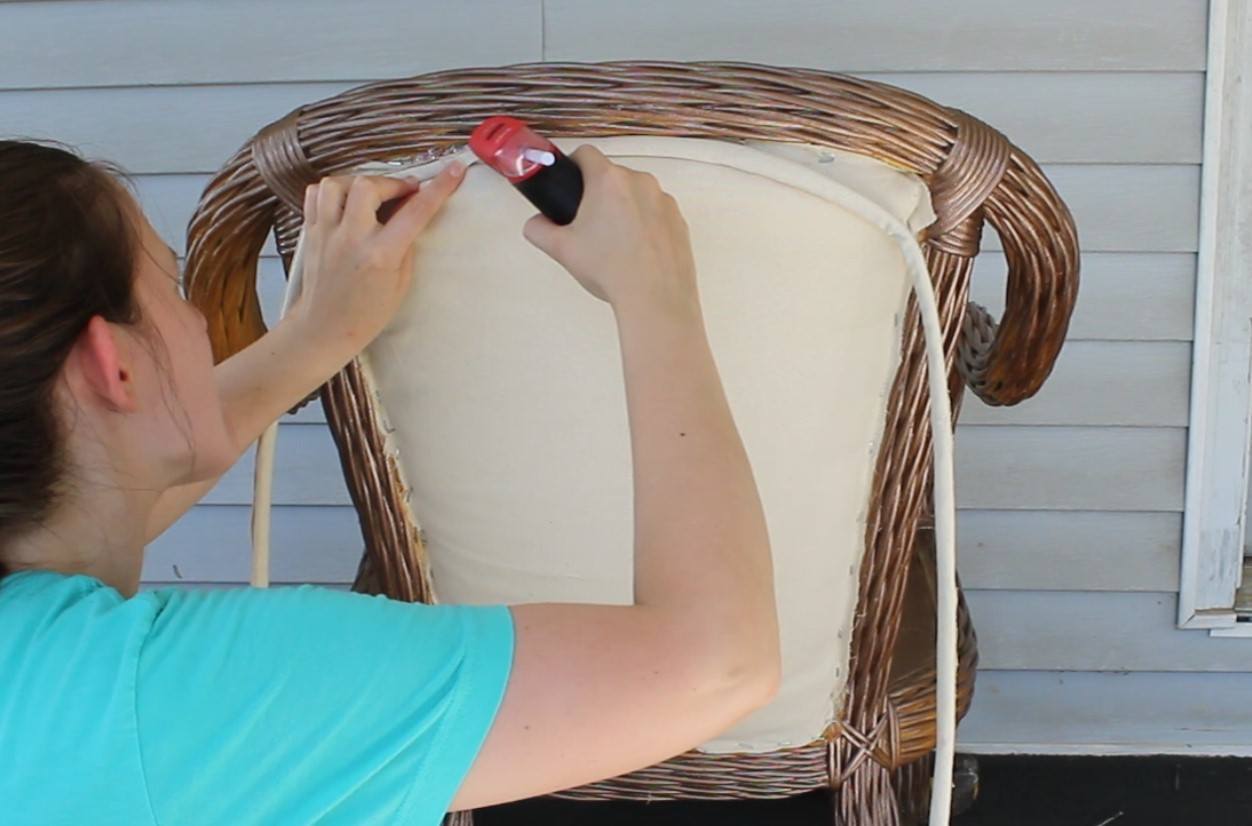
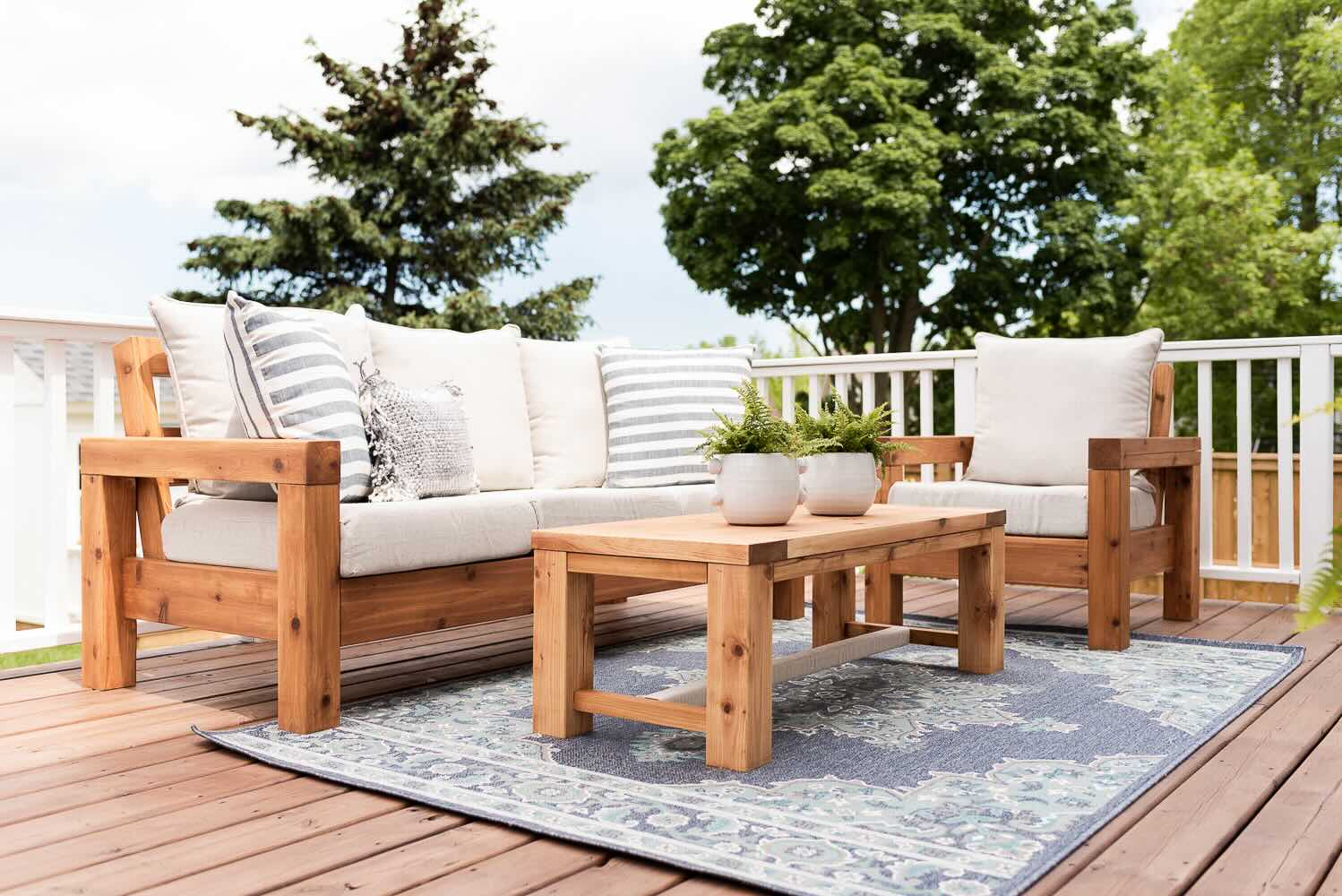
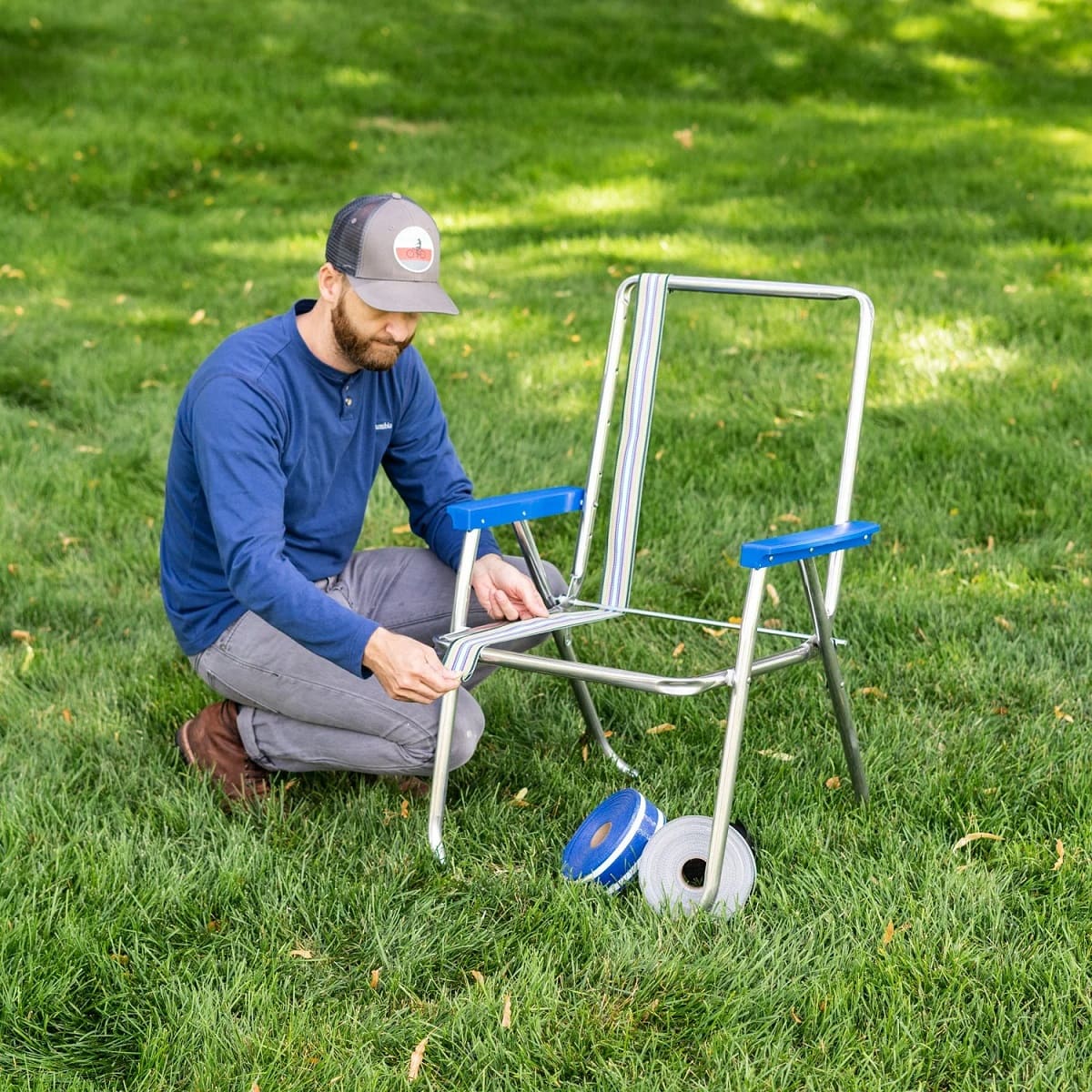
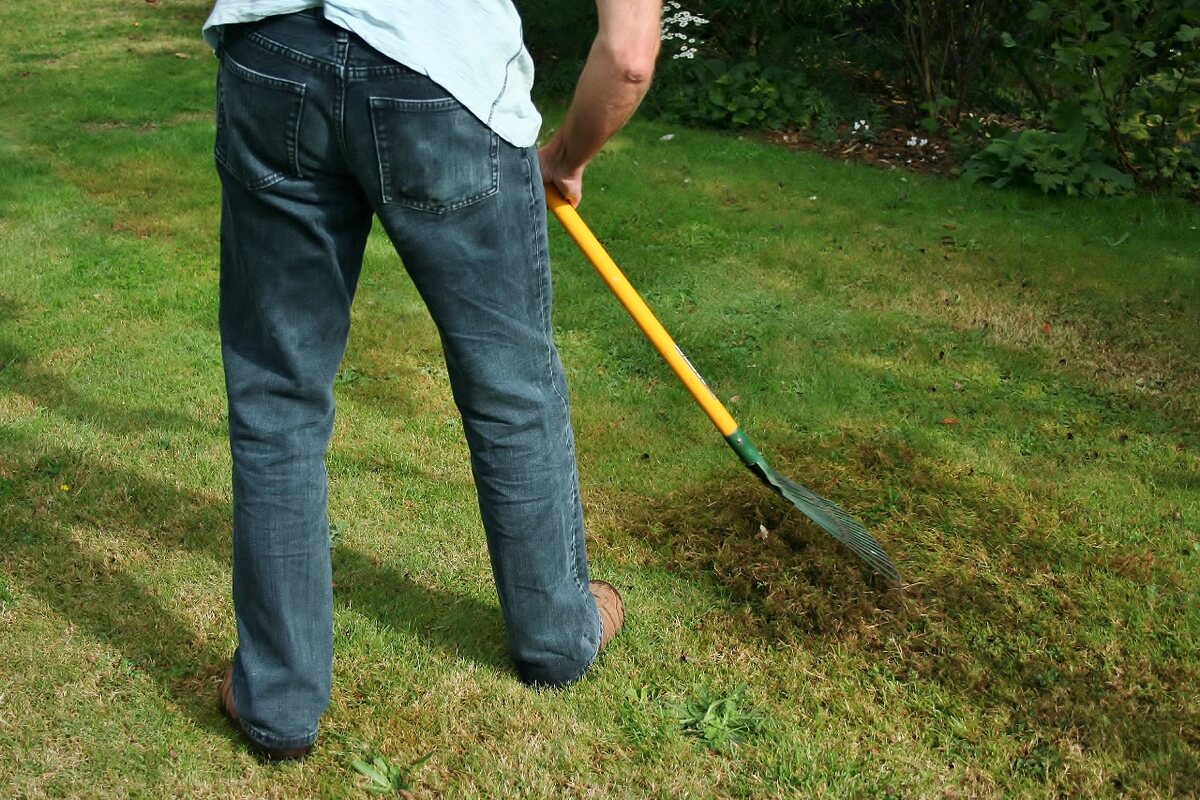
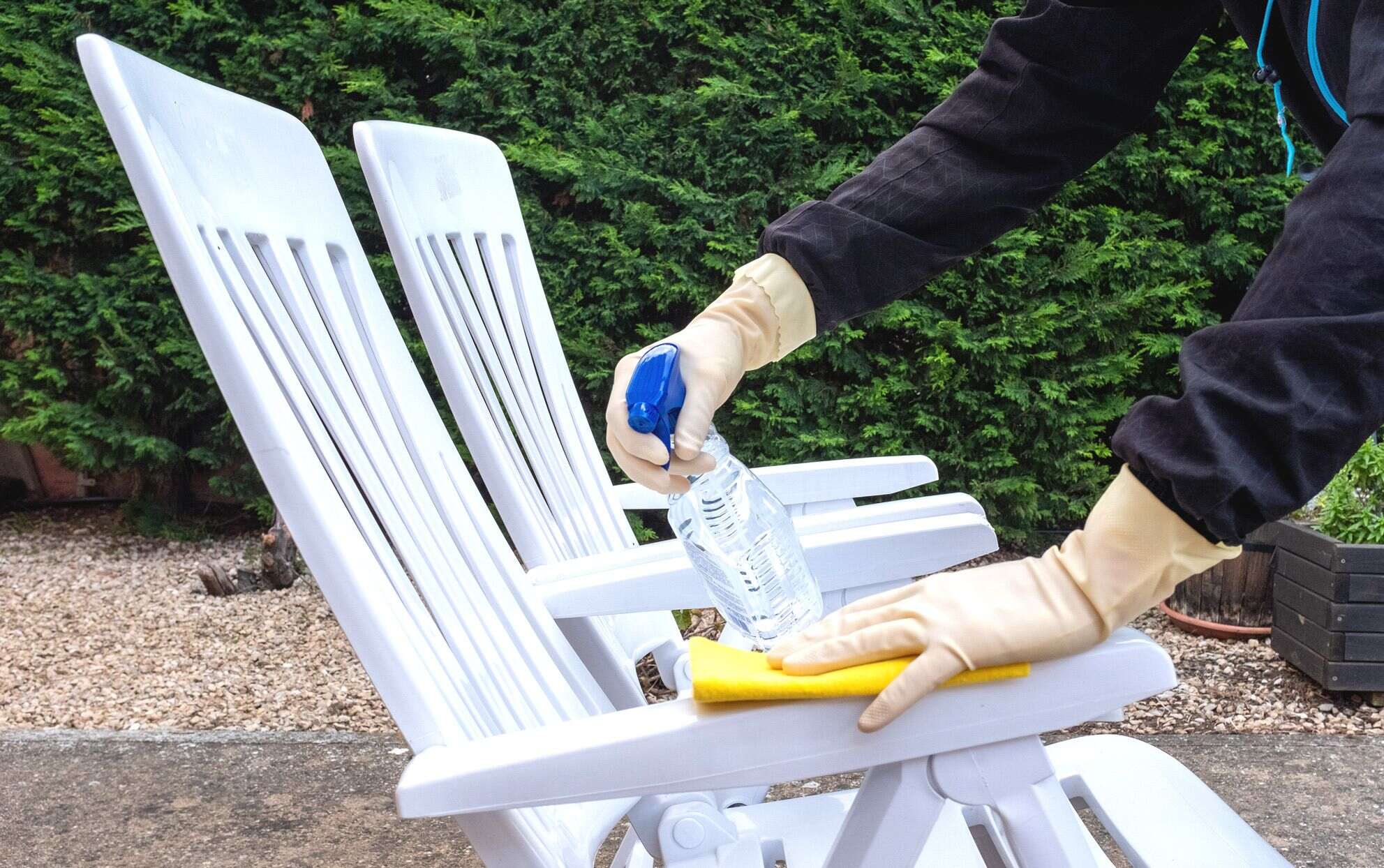
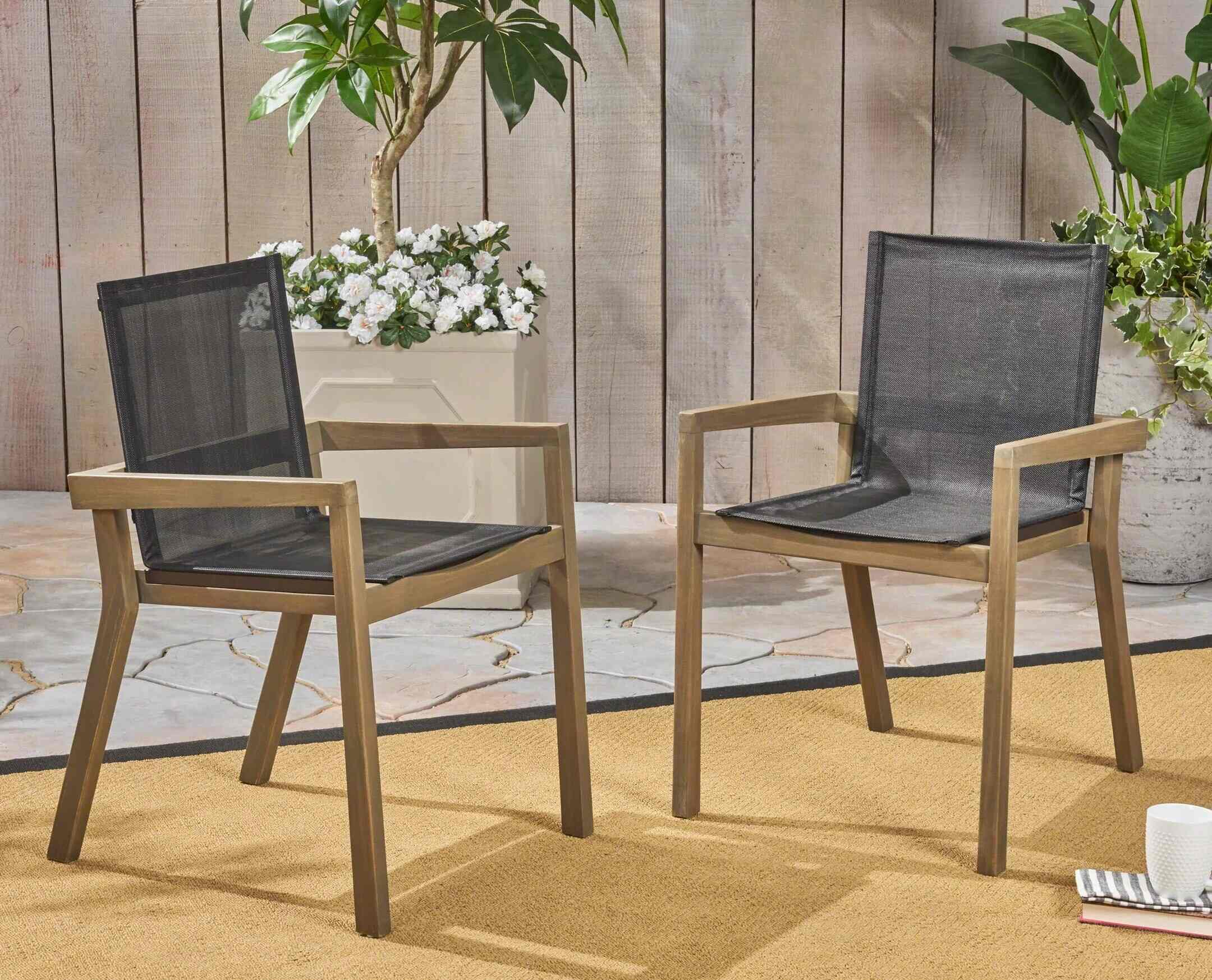
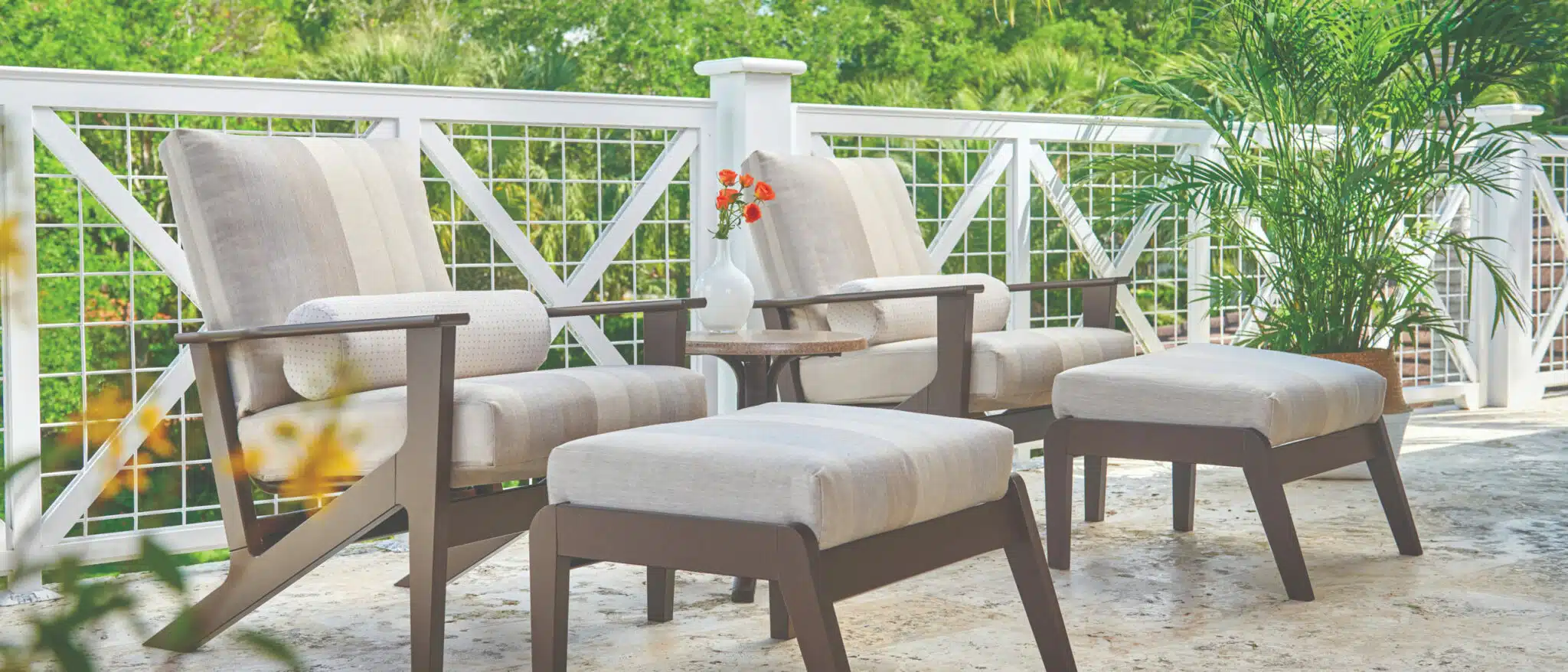
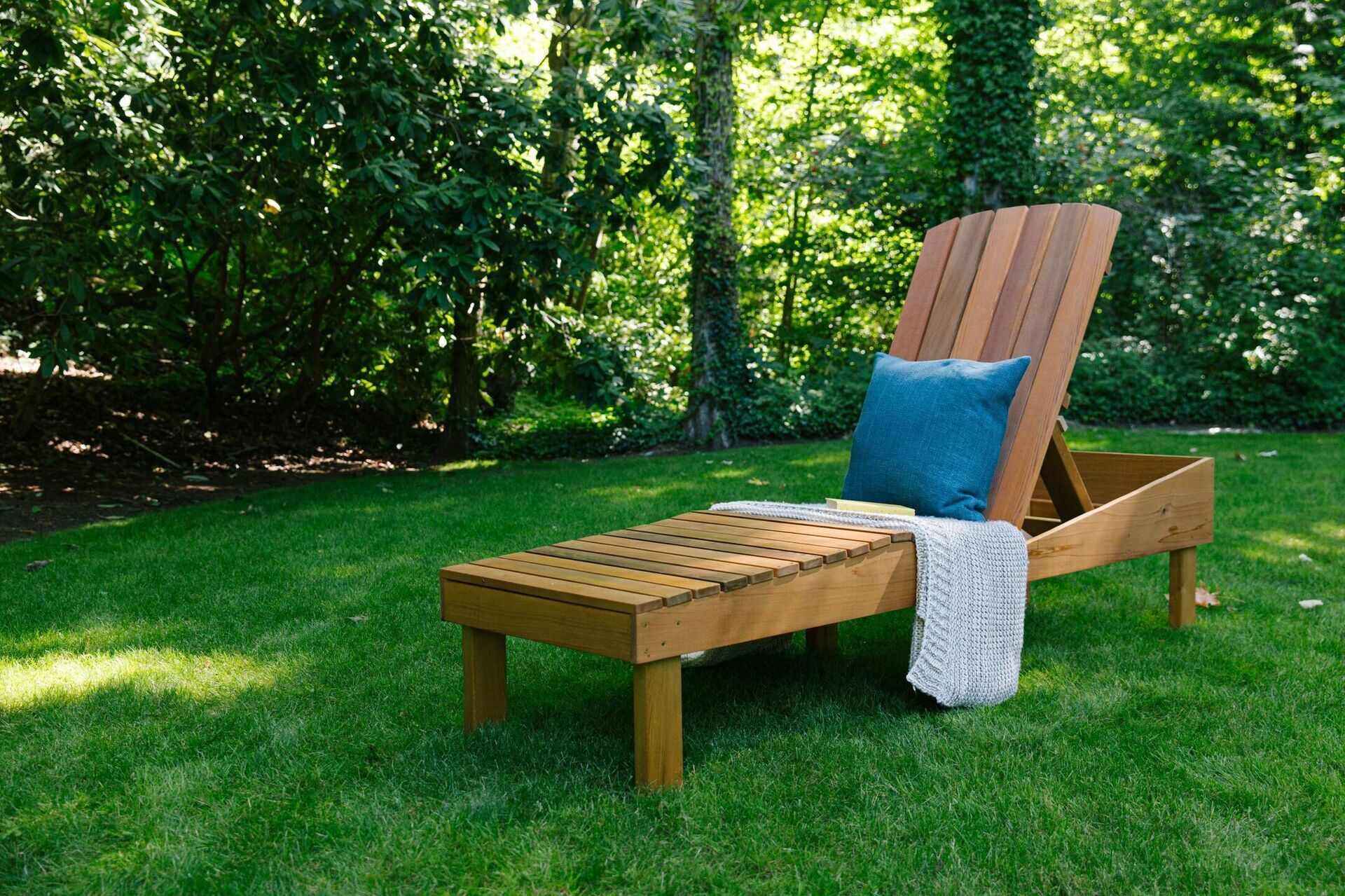
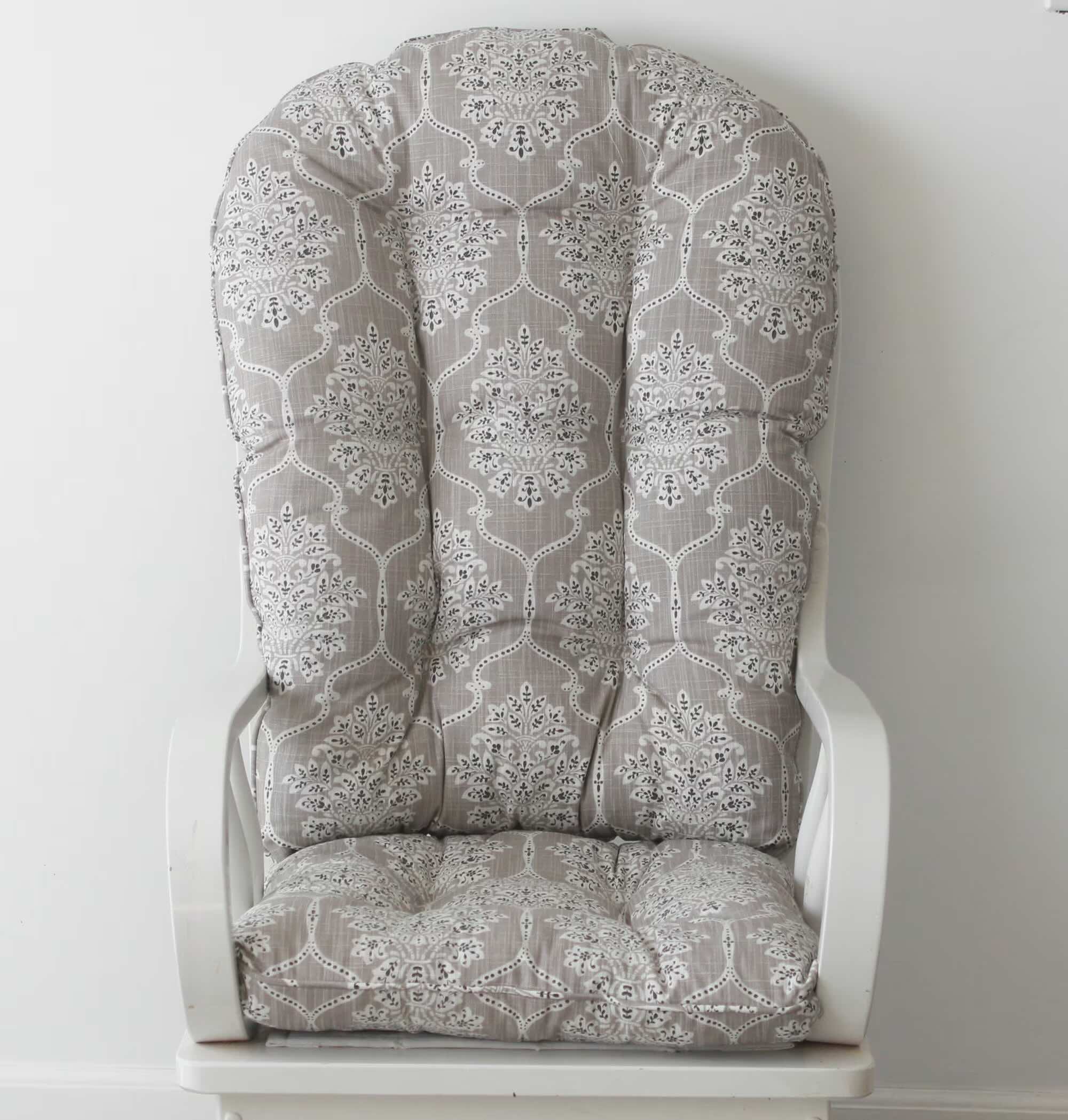
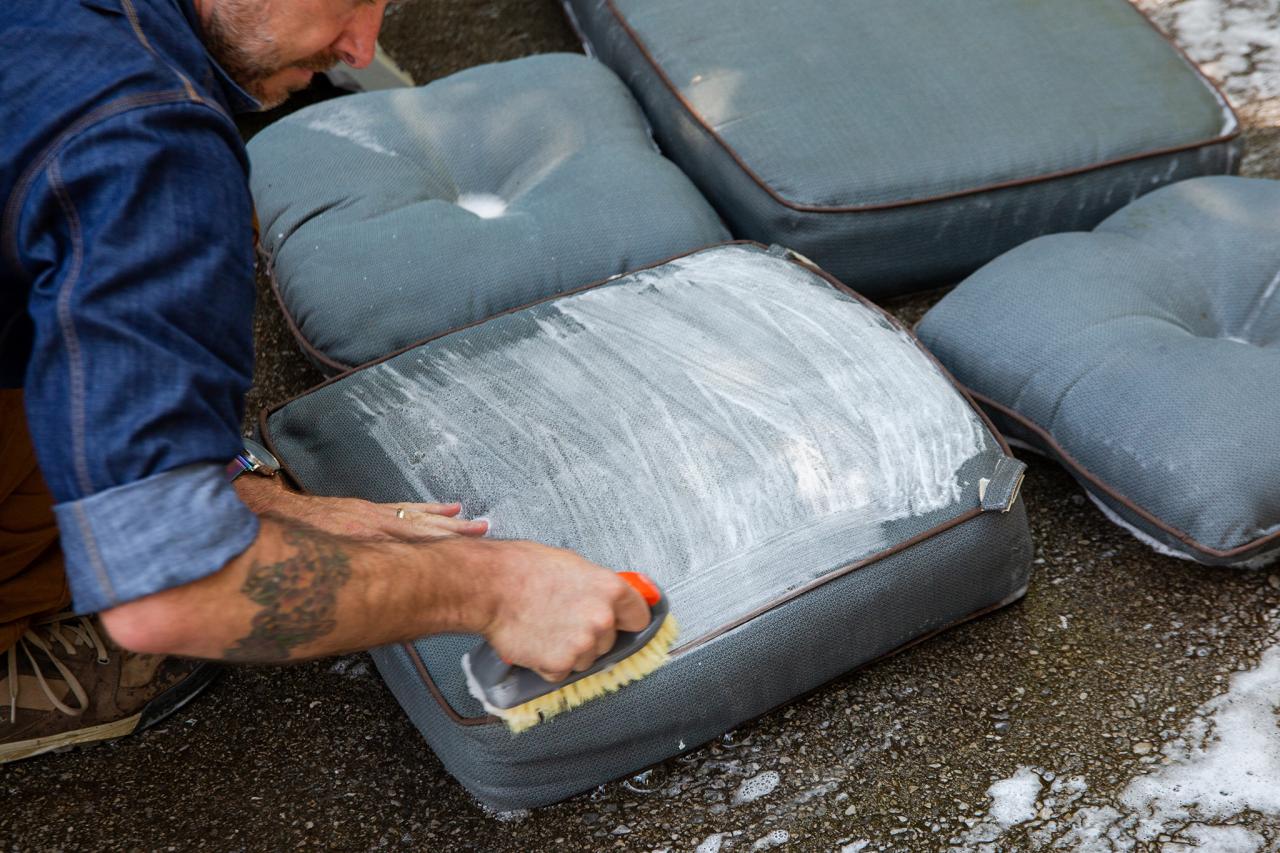
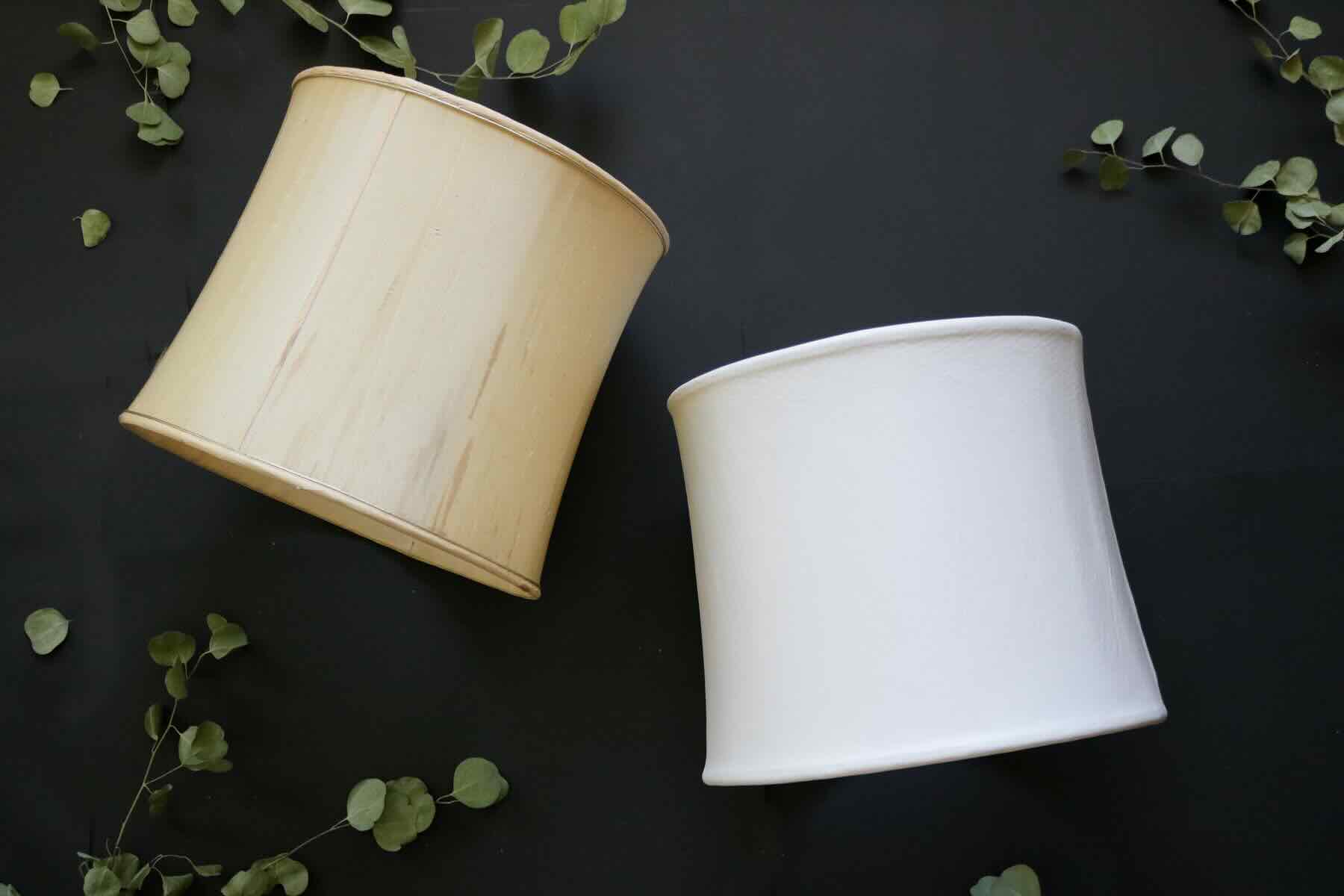
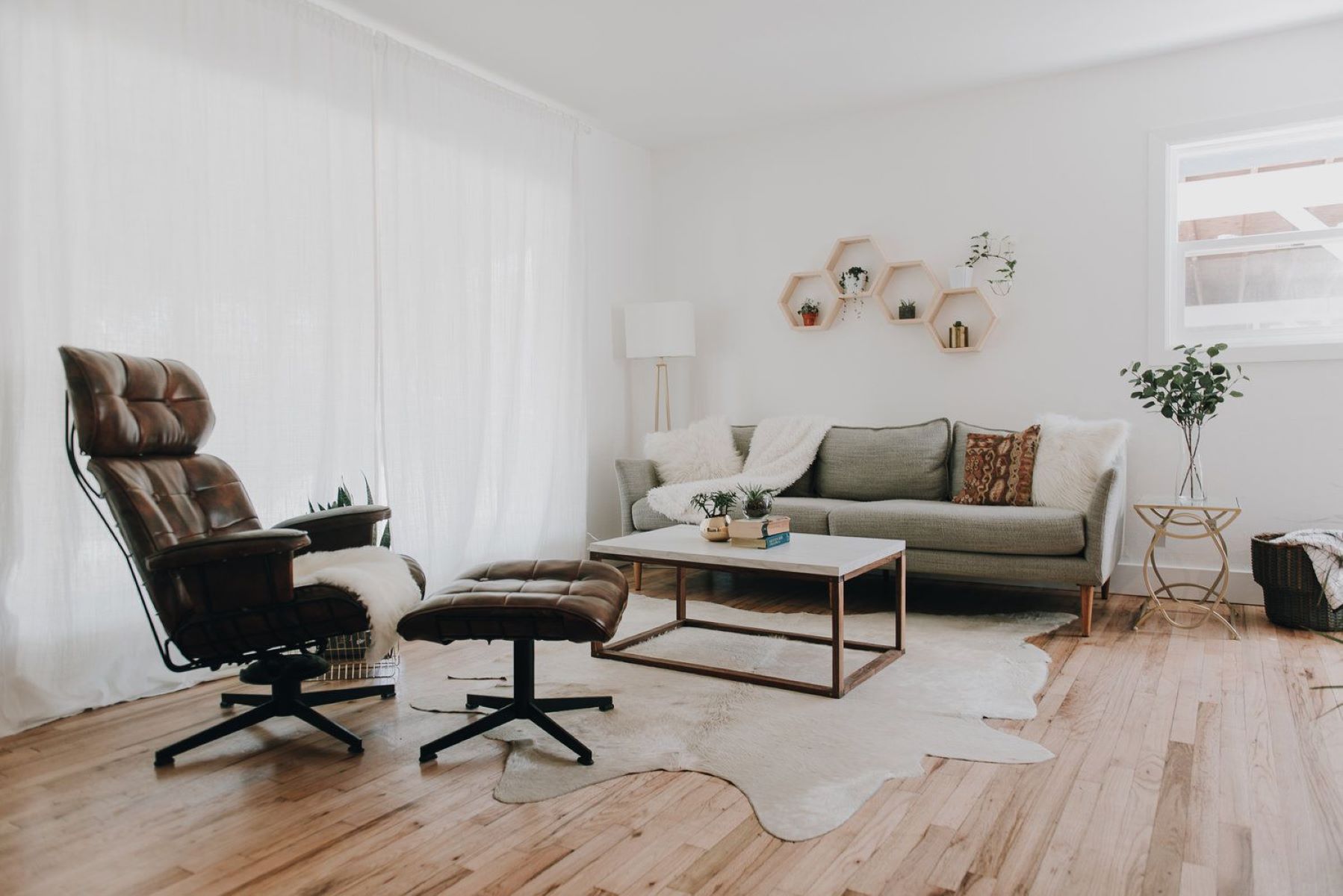
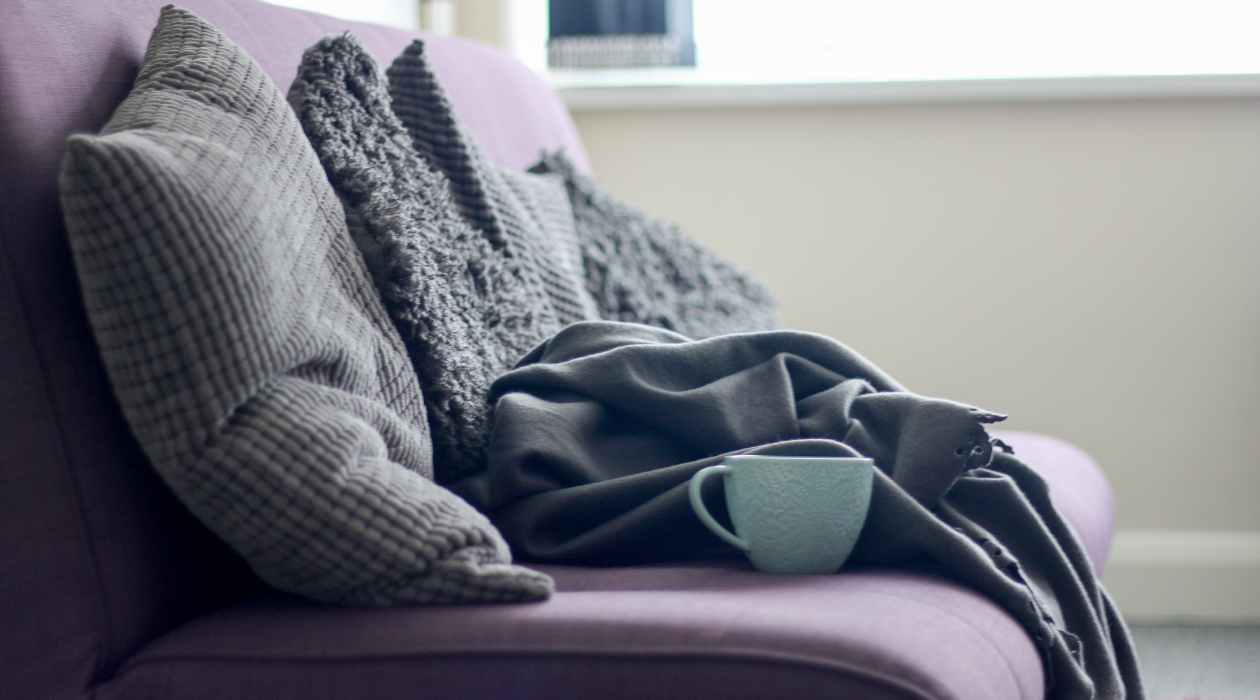
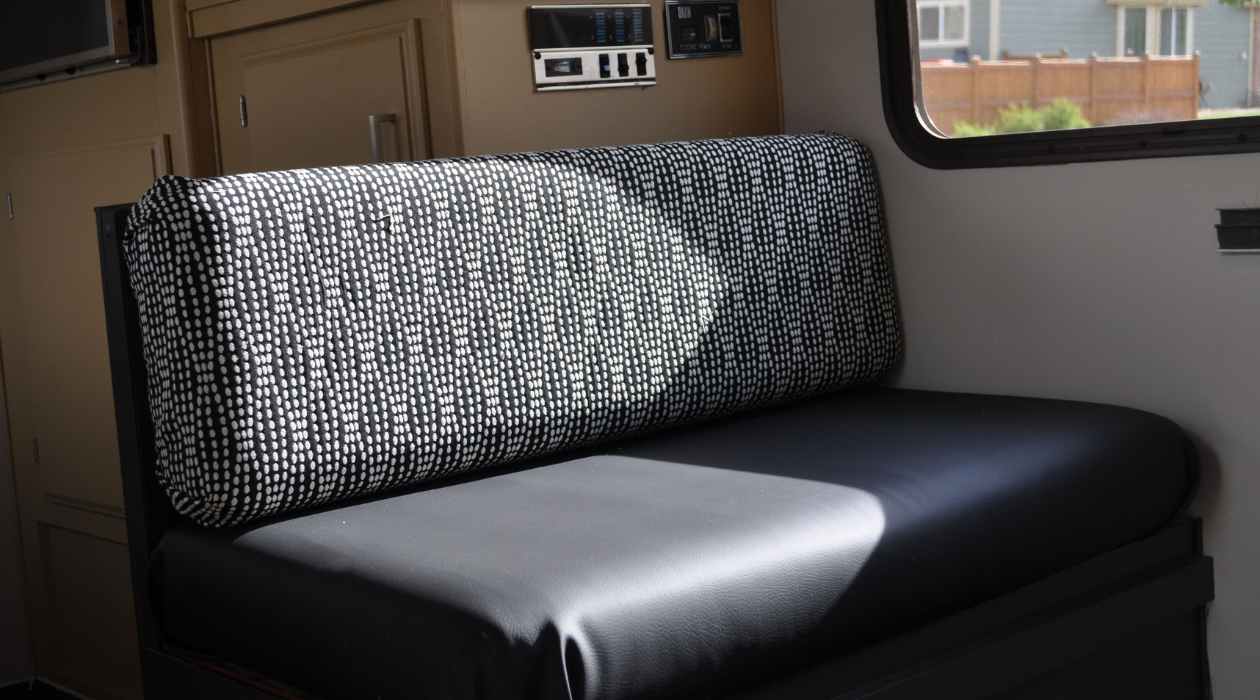

0 thoughts on “How To Recover Outdoor Chairs”